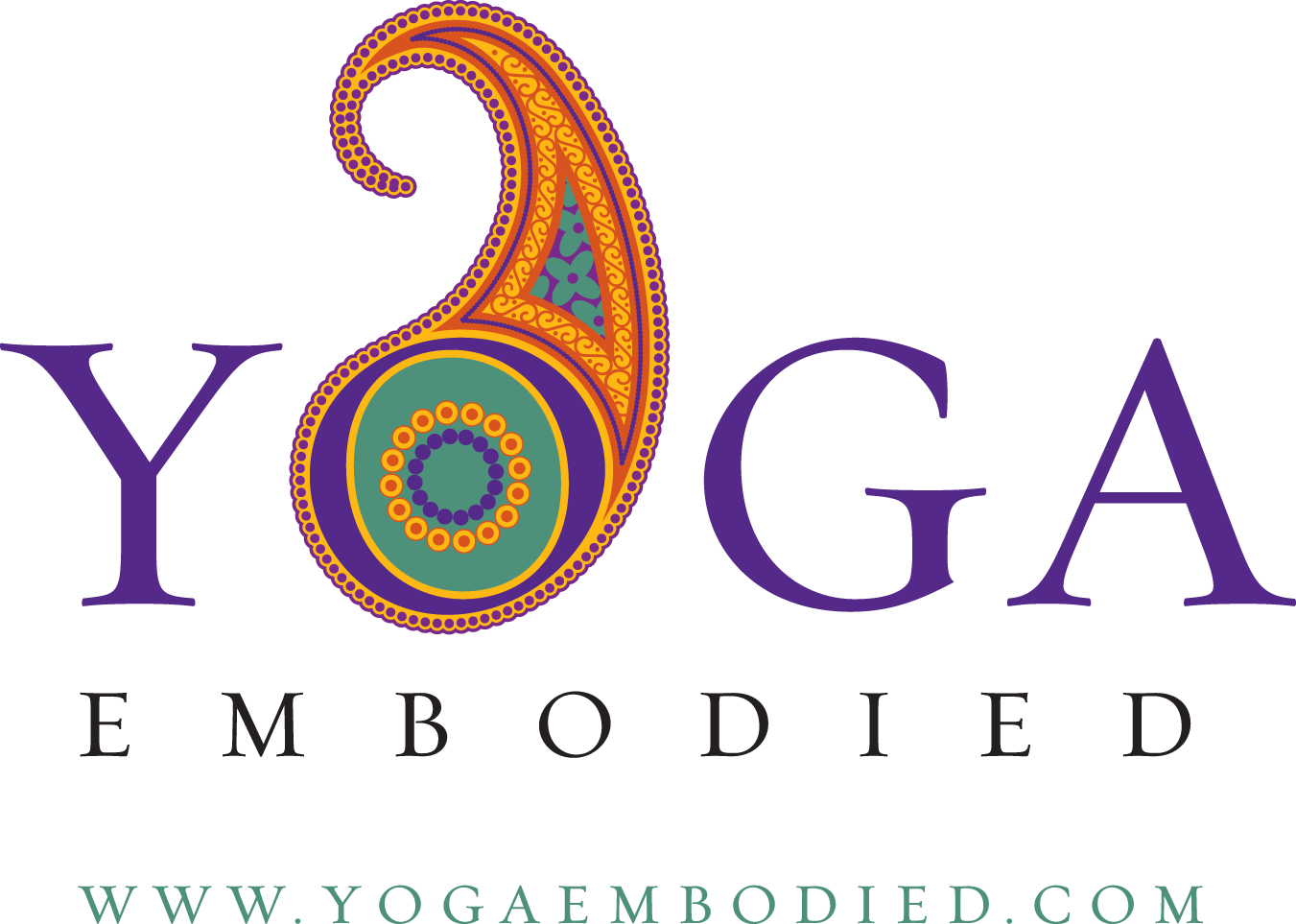What is the pelvis all about?
I started writing this the day after International Women’s Day. And the two yoga classes I taught was full of wonderful women. In fact the couple of guys who had booked onto the evening class cancelled late afternoon. So it was a day celebrating women. I do love having men in the classes though. We all embody female/lunar/yin energy as well as the male/solar/yang aspects. And as we negotiate it within is also good to have both aspects represented in human form in class.
But I want to get back to our focus on the feminine in the classes. Something I love to share. And usually the very womanly and feminine practises of connecting to the pelvis and specifically pelvis floor and vaginal awareness is reserved mostly for my prenatal and postnatal yoga classes.
So it was a delight to share a more pelvic and womb centred practise for women of all ages and stages in life. We don’t need to be pregnant, given birth or even be female to connect to our pelvic bowl and create strength and relaxation here.
How to bring awareness to the pelvic bowl and pelvic floor in our yoga class and daily life
Touch is always useful. Hands on the hips, thumbs to the back and rest of fingers forward. Here you can connect to the top of the pelvis. Slide the thumbs together and they meet towards the sacrum, a triangular shaped bone at your buttocks and part of your spine. Further down is your tailbone, the coccyx and end of the spine. The bony parts on either sides of your hips are really the femur head. Where the thigh bones, femur, inserts into the pelvic bowl. If someone says they have wide or big hips usually they actually refer to their femur heads! At the front you have the pubic bones. They connect with a ligament giving them the freedom to move. Even if the structure of the pelvis appear solid they are separate parts connected with ligaments holding it all together. If you sit down and place your bum on your hands (palms facing up) you can feel two big bones. These are your sitting bones. If you rock forward and backwards you are tilting your whole pelvic bowl.
(have a look here if you can’t see the video below)
Now let’s explore the pelvic outlet. Instead of rocking forward and backwards make circular moves. As if you move from one sitting bone to tailbone, to other sitting bone, towards the pubic bone and back to the first sitting bone. And continue – in both directions.
This whole area you are “mapping out” is what we refer to as the pelvic outlet. We can imagine the dome of muscles, the pelvic floor, between these parts. The pelvic floor is more complex than this but for now just imagine bands of muscles between the sitting bones, and between the pubic bones and tailbone.
They also allow for the anal sphincter muscle, e.g. the anus, and urethra, the urinary tract, and the muscles around. This part is obviously different between men and women. Women also have the vaginal muscles in between the anus and urinary area.
Pelvic floor exercise + kegels
…and bandhas and mudra (which we can discuss another time!)
Now you have an idea of the pelvis and the muscles of the pelvic floor just notice how they move. Notice if you can connect with them. Can you engage and relax the whole of the pelvic floor? Are you clinching your buttocks to do so? Or can you relax them to just connect with the anal sphincter? How about the perineum, the space between the anus and the genitals? Or the muscles around the urinary tract? For women, can you sense your vaginal muscles?
There is no reason why pelvic floor exercise should be boring. Become aware of them during love making. A feminine practise can be to engage the vaginal muscles – and relax – them whilst making love. How does the breath and deep slow exhalation transform the action of the pelvic floor here? Men can play around with engaging the perineum and penile muscles. How does these actions affect you both?
Practise when standing waiting for the bus or train. When sitting in your office chair. On the sofa, lying in bed… Just explore.
Notice how the breath, the inhale and exhale, create a pulsation in the pelvis.
Have fun and be creative.
